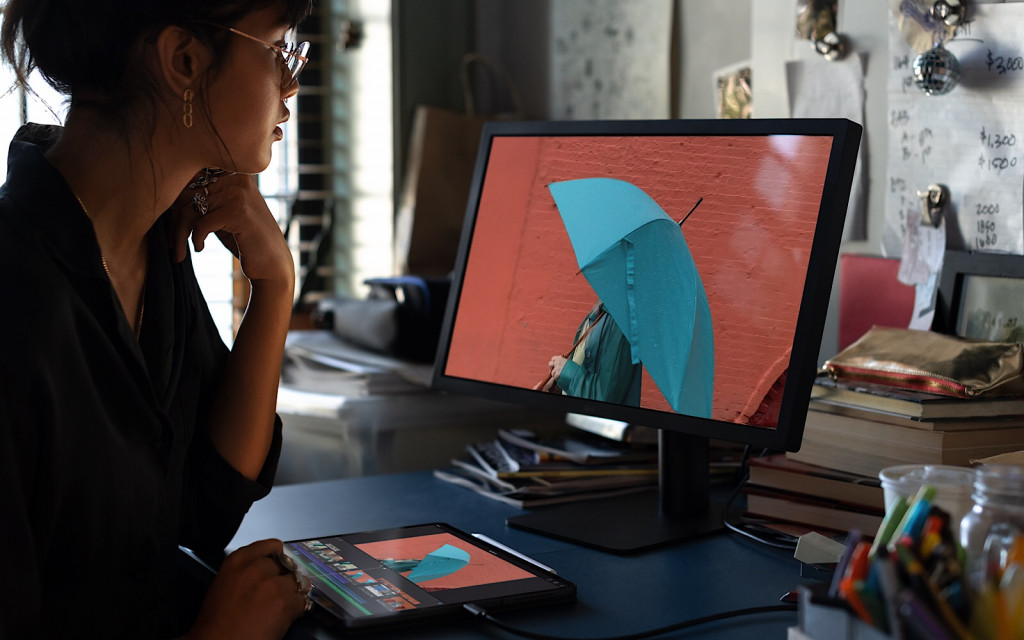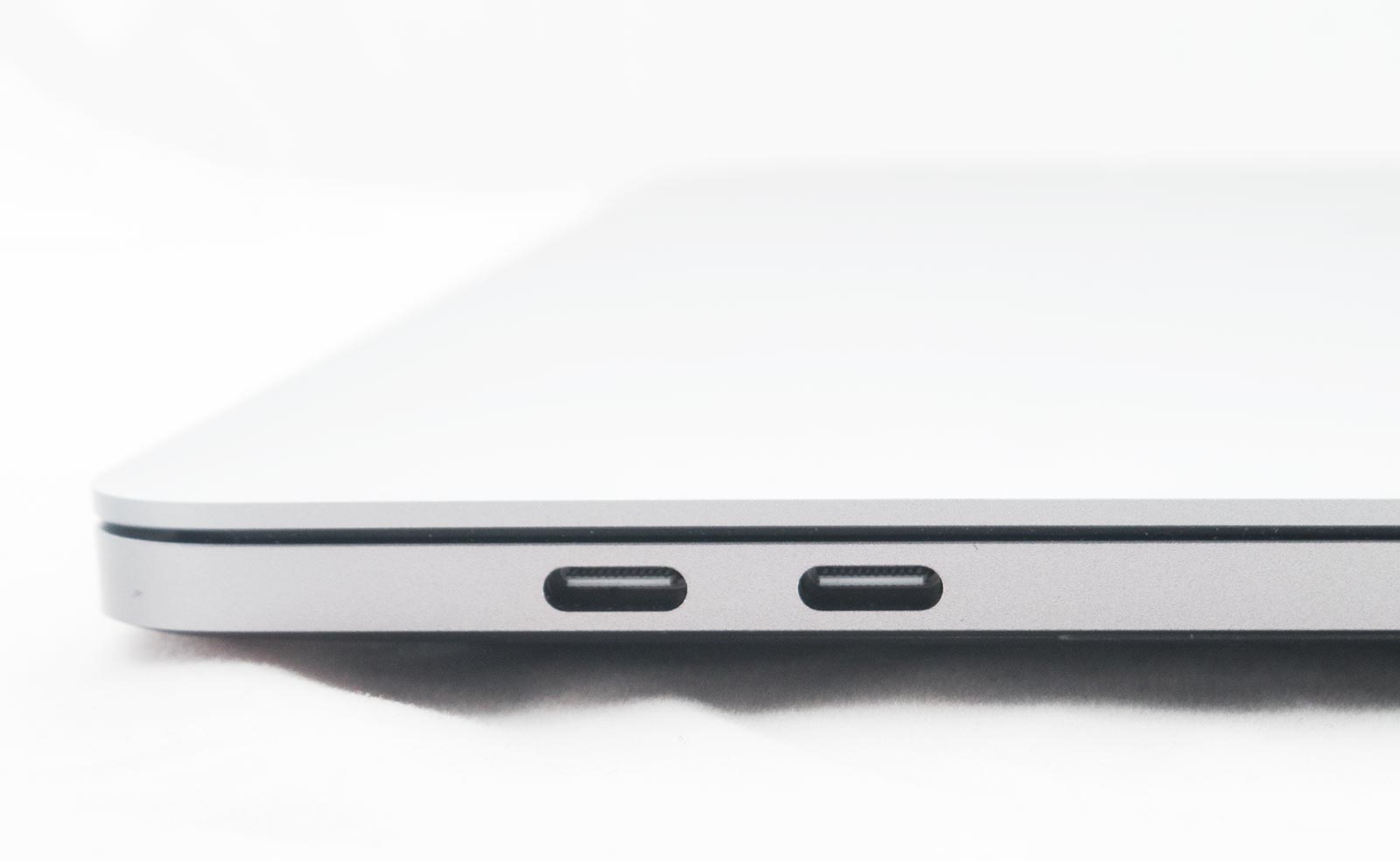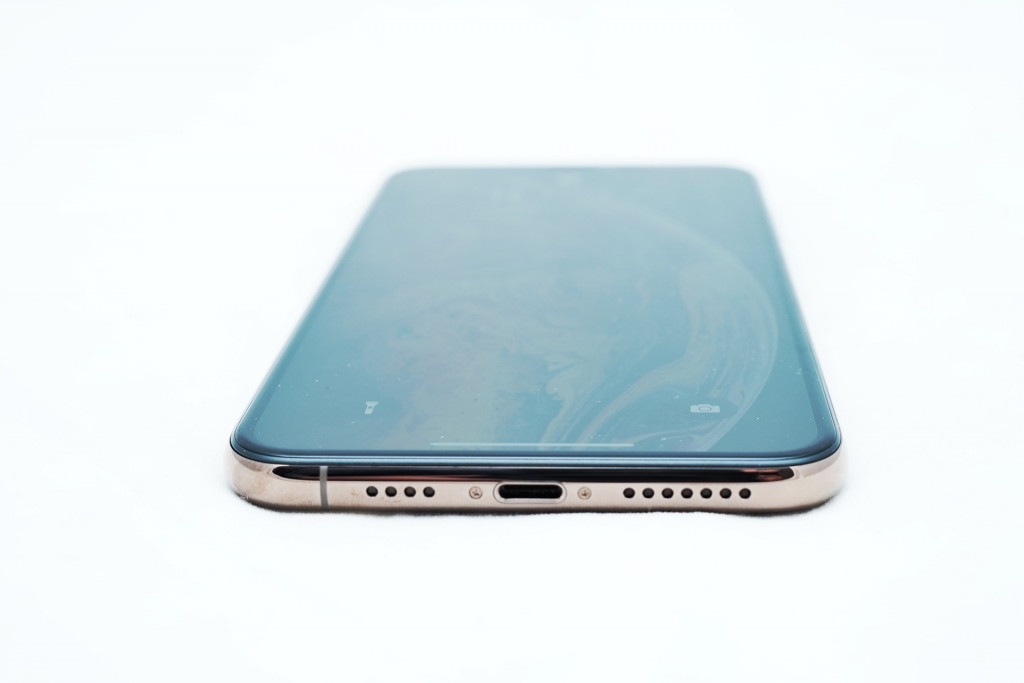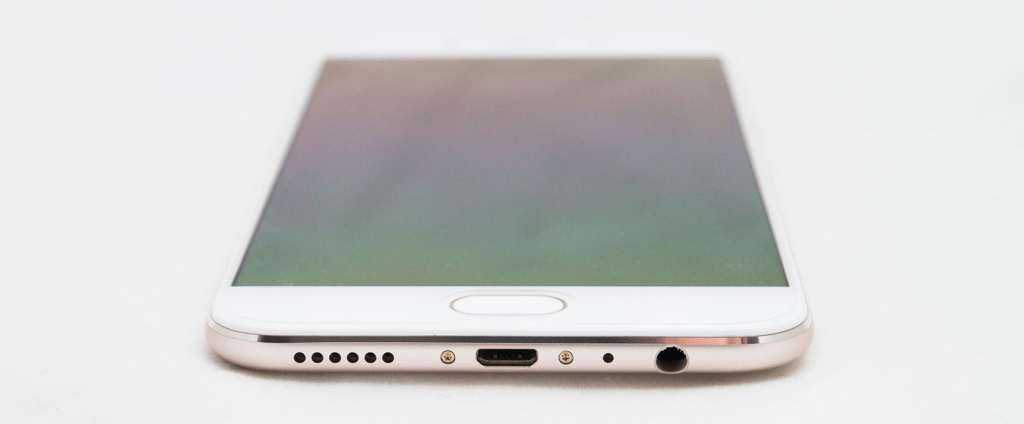With the launch of the new 2018 iPad Pro, Apple has started to properly close the door on Lightning, and that means change is coming.
The port at the bottom of an iPhone is long due for a change, and it’s one that might be coming sooner than you think. Possibly as early as in next year’s iPhone.
Before you go crazy and argue that you’ve just spent so much on Apple’s Lightning port, the docks, the converters, the accessories and headphones and so on and so on, it has actually been some time since then tiny reversible connector was introduced. It was back in 2012 that Apple replaced the longer iPod Dock connector with Lightning, and much to the same furore.
People adapted back then, and you will too, as it’s not a new standard, but rather a proper standard.
It’s USB Type C, the reversible connection port standard that Apple users to charge all its new laptops, and indeed most other phones rely on as well. It’s not a new thing, but it is more capable in what it can do.
Type C is used for both Thunderbolt 3 and USB, and it can charge, move data, and work for sound and video transfers. It’s used on Android phones, Windows laptops, and those made by Apple as well, and now it is used on the iPad Pro, as Apple shift from Lightning to a standard supported by pretty much everyone out there.
And that means the end is nigh for Lightning.
Type C for all phones, not just all Android phones
The next stage will be convincing Apple to replace the Lightning port on the iPhone, which given it has happened on the iPad Pro, suggests the move isn’t that far away.
Naturally, there will be resistance, but the world has mostly moved to Type C outside of Apple, so it makes more sense long term, and there’s a fantastic reason why: the concept of the universal standard.
Essentially, smartphone makers have been marching to a universal standard in mobile charge ports for years, and most companies had come to an agreement.
Before Type C USB, it was microUSB, the port you can still see on budget phones, as well as those churned out by quite a few manufacturers, such a Oppo and some of those by Motorola. It’s an older standard, and one that’s not going anywhere, though USB Type C can move power and data faster, so it makes more sense long term.
These days, almost every mobile maker supports Type C, just like every mobile maker supported microUSB, so moving to it for Apple makes sense.
Apple was always the hold-out, except in Europe
You’ve probably never seen an iPhone with a universal standard built into the phone before, though if you bought an iPhone in Europe, you may have seen it come with a converter to microUSB in the past.
That’s because the EU has standards it wants manufacturers to follow which overall make it easier for its citizens.
Imagine if most companies had a different charger, and they were crossing from Italy to the UK (pre-Brexit, of course): it would be a small pain in the proverbial to factor in the conversion of power and connection standards. By adopting one standard, it means everyone can charge easily, and that’s a good thing.
Apple never quite followed that logic, but you could get a microUSB to Lightning converter over in Europe, and if we’re not mistaken, at one small point, an iPhone might have even come with one.
But there’s an easier way for Apple to do this, and it’s to adopt the standard.
The new standard: Type C USB
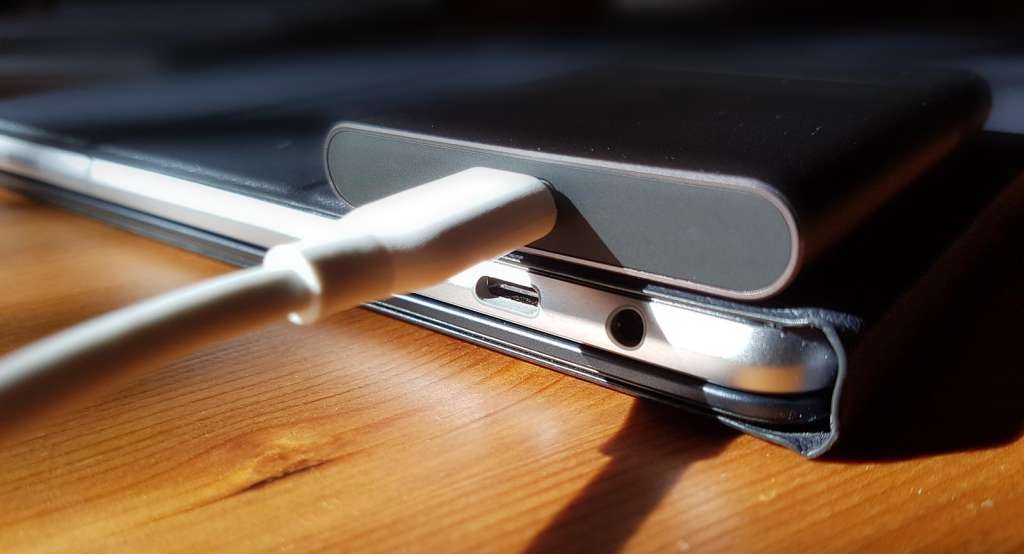
We’ve been shifting away from microUSB as the standard to Type C for a good two years now, and believe it or not, Apple was one of the first to make it happen.
When Apple first delivered a MacBook charged by Type C USB, it was basically Apple acknowledging that this was the way forward, and that it would be gradually working it in.
Intel and Apple also came together for the next generation of Thunderbolt, Thunderbolt 3, and it uses the same Type C USB port, helping to make Type C just that much better. With Thunderbolt and USB, Type C could do more than just charge and deliver data, it could be used for high speed drives, sound card, video cards, displays, and could be daisy chained.
Aside for the flexibility and versatility of Type C USB, there’s also the stability: it’s hard to break. A reversible connector that can’t be plugged in with disastrous consequences (or is very difficult to, anyway), Type C USB is better for consumers.
There are no issues trying to plug it in with a fiddle, a jiggle, a juggle, or a jerk. It’s similar to Lightning in that it’s easy to plug in, but different in that it’s supported by everyone.
And when we say “everyone”, we mean it: Apple, Samsung, Huawei, Google, Microsoft, Dell, HP, LG, Sony, HTC, Motorola, Oppo, Nikon, Nokia, Alienware, and so on and so on. If you know a company that makes phones, tablets, cameras, or laptops, there’s a good chance they’re dabbling in USB Type C-based connectors, and that makes it universal.
Apple will be one of the last to roll it out, and that’s a good thing.
With the launch of the 2018 iPad Pro, it’s more or less certain that the iPhone will get USB Type C, and is now less a matter of “if”, but rather that of “when”.
